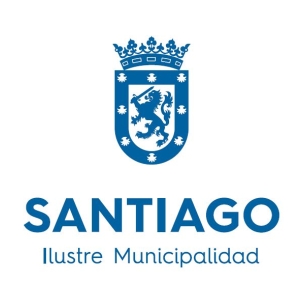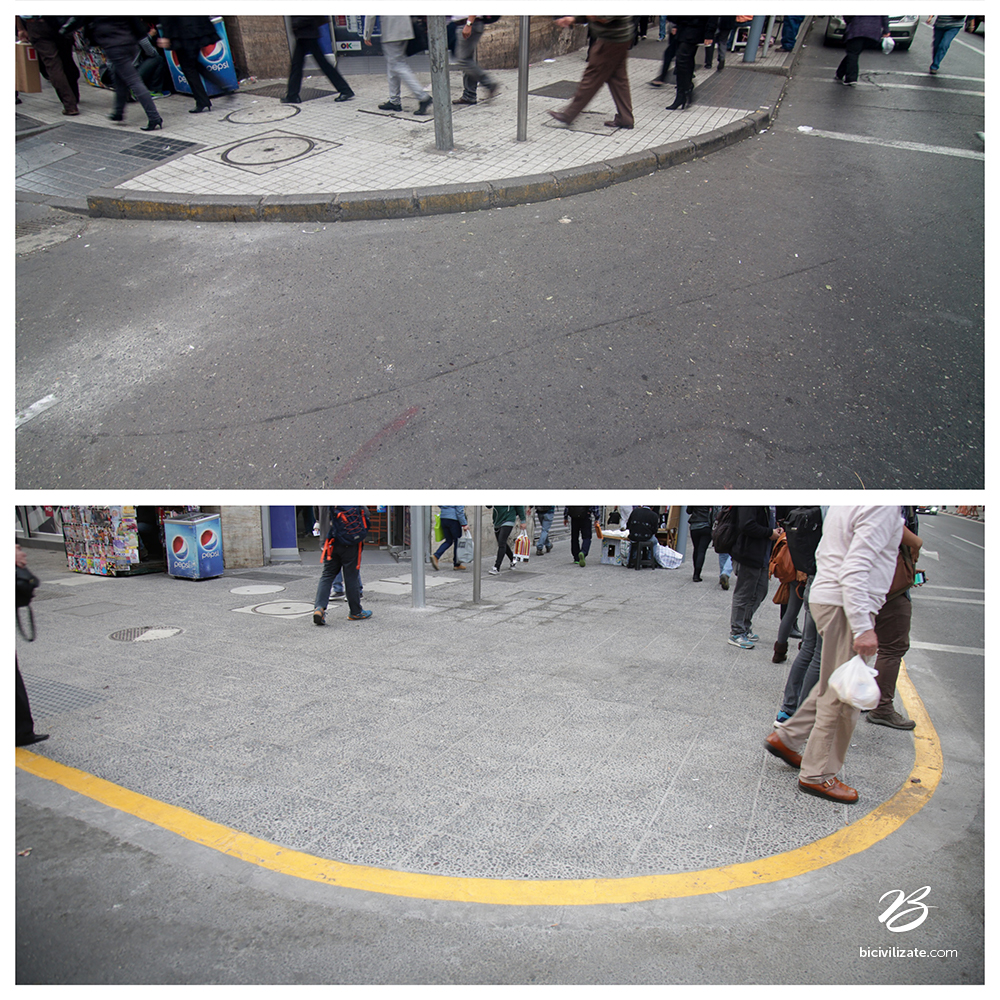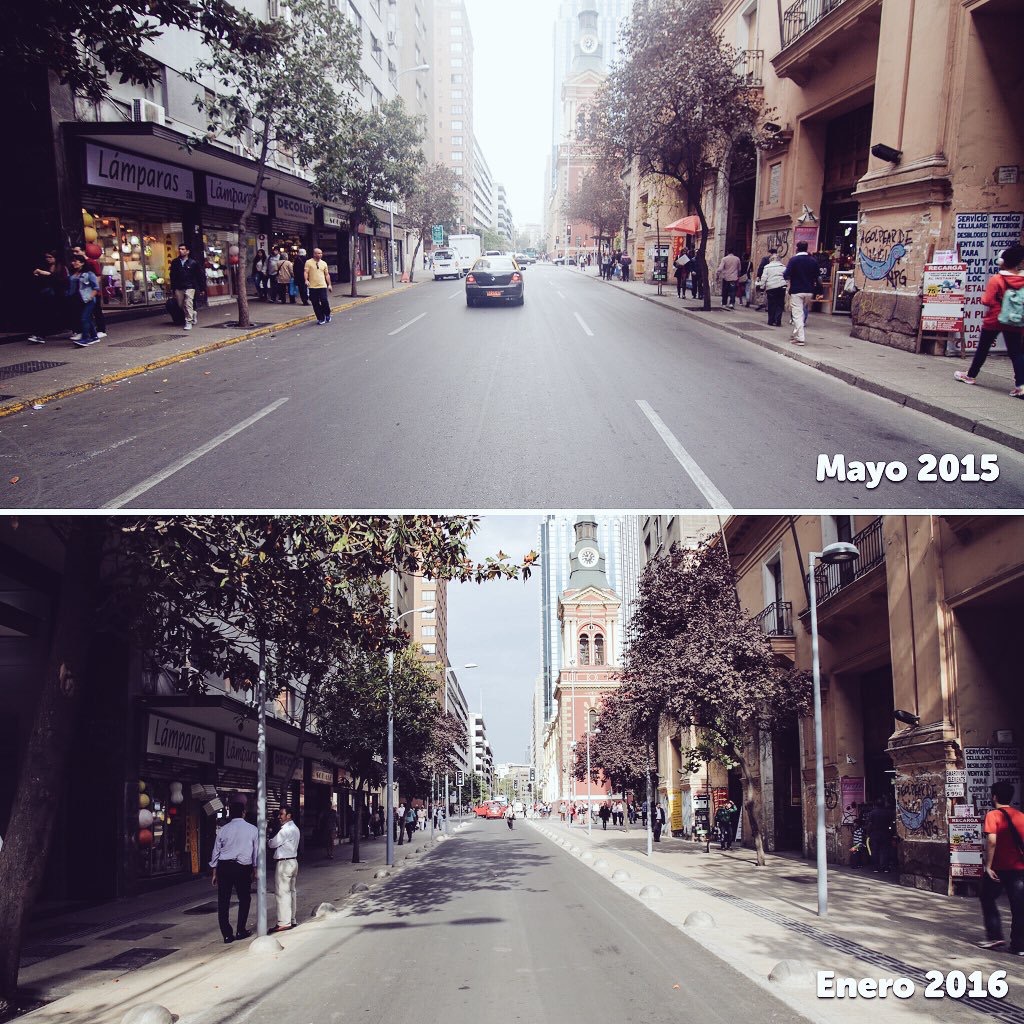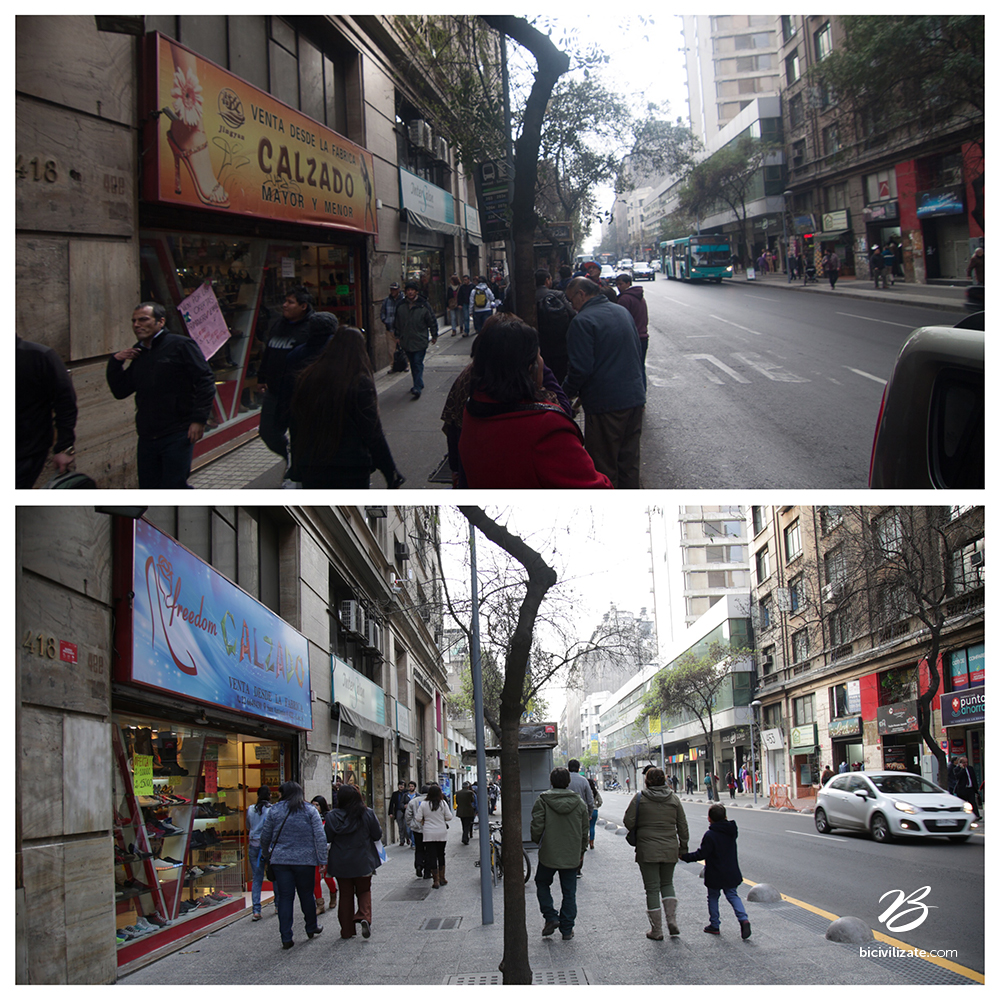Santiago de Chile, Chile
represented by: Miguel Olivares, Urban Mobility Coordinator of the City of Santiago
In the heart of the capital of Chile, the area of the Municipality of Santiago receives about 2.5 million people daily, which has a direct impact on urban mobility and traffic management. For this reason, for the last 4 years, the Municipality has incorporated into its management the development of a comprehensive mobility plan to improve and optimize the experience of people moving around the commune, as well as optimizing the logistics production processes for the abundant commerce in the area.
It began by giving priority to more sustainable modes of transport, such as walking, cycling and public transport at the expense of private motor vehicles. The main mobility projects consisted of eliminating vehicle lanes, parking lots or even closing sections of streets to give new spaces to pedestrians, cyclists and users of public transport, either by widening sidewalks, building new bike lanes or pedestrian sections to promote pedestrian access . In addition, the Ministry of Transport and the Municipality of Santiago agreed to extend the hours of exclusivity for public transportation in some streets and use cameras for supervision and subsequently fine private vehicles using public transport rails.
The Plan aims to improve the quality of life of neighbors and visitors, as well as increase road safety. In this way, Municipality of Santiago creates more green areas, increase routes for cyclists, allows the existence of areas of slow traffic and improves sidewalks.
The Integral Mobility Plan is the result of a joint search by authorities and citizens for a public policy that will guide the road towards sustainable urban development, so as to provide future generations with a cleaner and more equitable city with standards and international practices.




